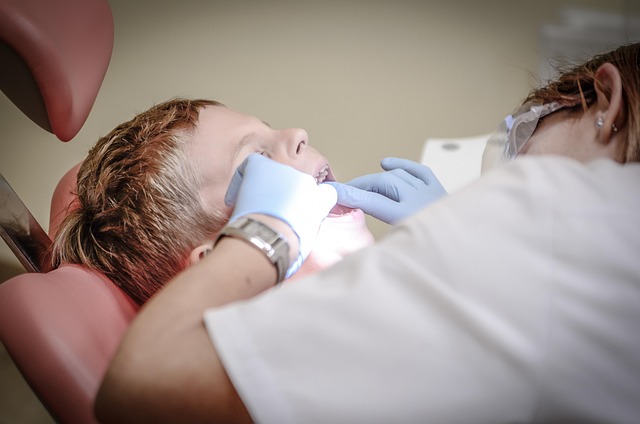Radiation and systemic therapy strategies for anorectal malignancies
Anorectal malignancies require coordinated approaches that combine local control via radiation and radiotherapy with systemic therapies such as chemotherapy or targeted agents. This article reviews staging, diagnostic workup, the roles of radiation and chemoradiation, surgical considerations including sphincter preservation, HPV-related factors, and long-term survivorship and palliative strategies to support patients through treatment and recovery.

This article outlines contemporary radiation and systemic therapy strategies for anorectal malignancies, focusing on evidence-based roles for radiotherapy, chemoradiation, systemic chemotherapy, and multidisciplinary decision-making. It emphasizes accurate staging and imaging to guide treatment choice and considers functional outcomes such as sphincter preservation, rehabilitation, survivorship, and palliative care.
This article is for informational purposes only and should not be considered medical advice. Please consult a qualified healthcare professional for personalized guidance and treatment.
How are anorectal cancers staged and diagnosed using biopsy and imaging?
Accurate staging begins with a detailed clinical exam, directed biopsy of the lesion, and imaging. Endoscopic biopsy confirms histology and HPV testing where relevant. Cross-sectional imaging with pelvic MRI is standard for local staging; CT scans assess nodal and distant disease, and PET-CT can be useful in select cases for metabolic assessment. Staging determines whether definitive radiotherapy with systemic therapy or upfront surgery is recommended, and informs radiation target volumes and systemic therapy intensity.
What is the role of radiotherapy and radiation techniques?
Radiation remains a cornerstone for many anorectal malignancies, particularly anal canal cancers, where radiotherapy or radiotherapy combined with chemotherapy can be curative. Modern techniques such as intensity-modulated radiotherapy (IMRT) and image-guided RT improve dose conformity to the tumor while sparing normal tissues, helping to reduce acute and late toxicity. Dose, fractionation, and target delineation are tailored to disease stage, prior treatments, and adjacent organ constraints to balance local control with sphincter and pelvic function.
When is chemoradiation used versus systemic chemotherapy alone?
Concurrent chemoradiation is often standard for squamous cell carcinoma of the anal canal and may combine 5‑fluorouracil (5-FU) or capecitabine with a radiosensitizing agent such as mitomycin C or cisplatin in specific contexts. Systemic chemotherapy alone may be indicated for metastatic disease or as induction therapy in select clinical scenarios. Choices reflect tumor histology, stage, patient comorbidity, and response assessments. Multidisciplinary teams weigh potential benefits of tumor downstaging against toxicity risks, particularly in older or frail patients.
How is surgery considered, and what about sphincter preservation?
Surgery has an important role when primary chemoradiation fails or when resection is necessary for residual or recurrent disease. Procedures range from local excision for small, early lesions to more extensive resections for advanced cases. Preservation of anal sphincter function is a key consideration; where feasible, nonoperative organ-preserving strategies such as chemoradiation are preferred to maintain continence and quality of life. When surgery is required, reconstructive planning and stoma counseling are integrated into preoperative discussions.
What is the impact of HPV, screening, and prevention on management?
Human papillomavirus (HPV) is implicated in many anal cancers and influences prevention and screening strategies. HPV vaccination reduces the risk of HPV-related lesions and is part of population-level preventive efforts. Screening approaches in high-risk populations (for example, people living with HIV or those with prior HPV-related disease) may use anal cytology and high-resolution anoscopy to detect precancerous changes, although screening guidelines vary by region. HPV status can also inform prognosis and research on targeted therapies.
How are survivorship, rehabilitation, and palliative care integrated?
Post-treatment follow-up includes surveillance with periodic clinical exams and imaging, management of late effects, and rehabilitation focused on pelvic floor function and continence. Addressing sexual health, bowel function, and psychosocial needs is central to survivorship care plans. Palliative care should be introduced early when symptoms are substantial or disease is advanced; it complements oncologic treatment by focusing on symptom control, psychosocial support, and goals-of-care discussions to optimize quality of life.
Conclusion Radiation and systemic therapy strategies for anorectal malignancies are individualized based on accurate staging, histology, and patient factors. Multidisciplinary care coordinates radiotherapy (including modern radiotherapy techniques), chemoradiation, surgery when needed, and attention to sphincter function, rehabilitation, and palliative needs. Preventive measures such as HPV vaccination and targeted screening in high‑risk groups contribute to broader management strategies. Ongoing collaboration among oncology, surgery, radiology, pathology, and supportive care teams helps align treatment goals with patient priorities.






